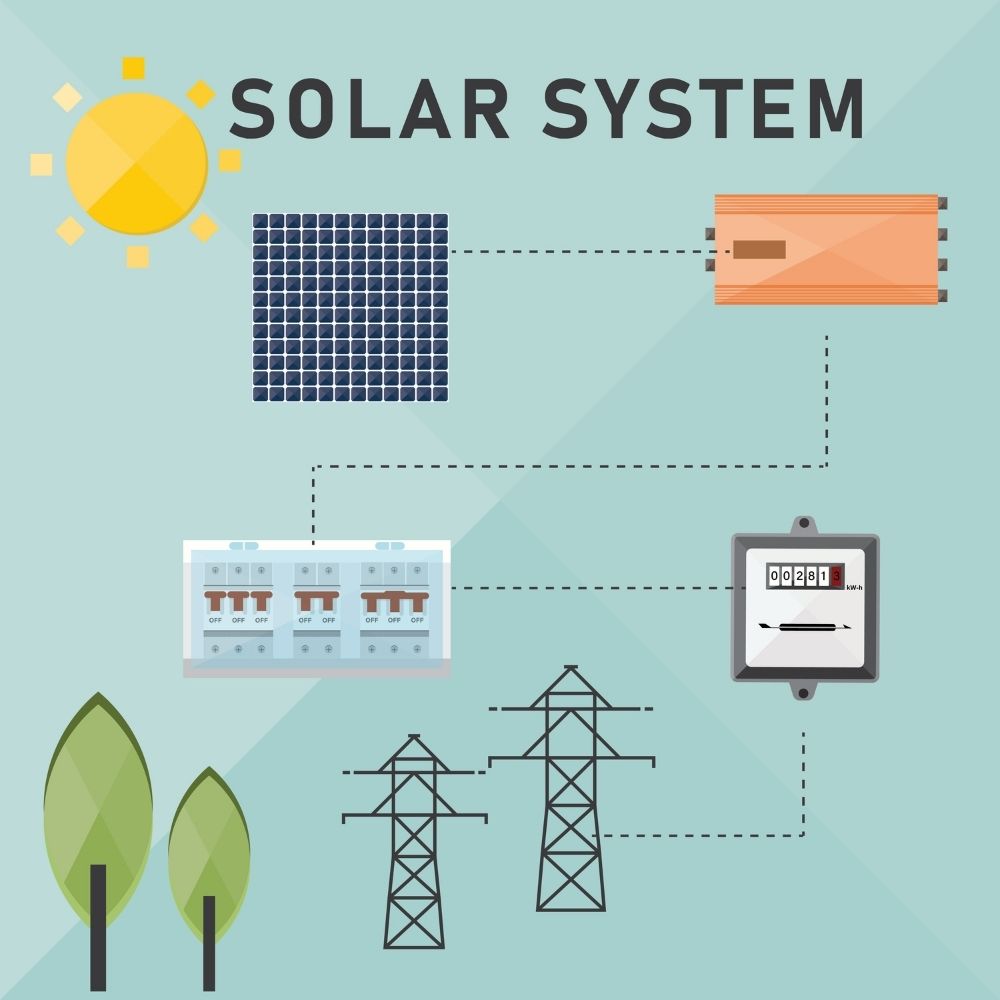While examining all the distinct sources of renewable energy, solar energy emerges to be the most sustainable source, both at elementary and discrete levels.
In the current scenario, not only you can create and use the energy, but you can also export or transfers the surplus production to the grid, thus earns credit power. The process of transferring such energy is known as “Net Metering“.
In execution of powers withhold under the Delhi Electricity Regulatory Commission (DERC), Net Metering for Solar Energy Regulations, and all alternate powers empowering it in this cause; the DERC creates the specific Guidelines for the execution of Group Net Metering and Virtual Net Metering structure under the DERC Regulations, 2014.
The main benefit of this framework is that the entire locality will function as a solitary entity that acquires power from the DISCOM. Also, if any amenity connections sustain back more than 100% to the grid, it might be adjusted for use within the same society.


![]()
![]()
![]()
Difference Between Group Vs Virtual Net Metering
The term “Group Net Metering” means an adaptation through which surplus energy created/implanted from a Renewable Energy System boosted through Renewable Power System is exported or transferred to the grid through Net Meter and the exported energy is regulated in multiple electricity service connections of the same user located within the same administration purchaser’s area of supply.
On the other hand, the term “Virtual Net Metering” means an arrangement in which the total power or energy generated from a Renewable Energy system boosted through Renewable Energy Structure is exported or transferred to the grid from the renewable gross meter and the power exported is regulated in multiple electricity service connections of engaging customers located in the same administration purchaser’s area of supply.
The Group Net Metering Framework shall be relevant or applicable for all the customers of NCT of Delhi. The administration has also set the minimum project capability at 5 kW, whereas the maximum will be 5MW at a particular location.
On the other hand, the Virtual Net Metering Framework shall be relevant for residential consumers, housing complexes, Government offices/ Local powers and solar energy providers registered under the particular Act.
Guidelines for Group Vs Virtual Net Metering
As discussed, group metering will be applicable for all consumers in general. In contrast, virtual net metering is appropriate for particular consumers like government authorities or other specified category individuals like farmers.
The DERC has provided the capital’s group and virtual net metering structure, covering the method for installing both rooftop and Agri –solar plants in both villages and cities.
The Power minister Satyendar Jain, in his time, stated that the net metering framework focused on developing solar and other sources of energy. He found it helpful in executing the Delhi government’s vision of supportability and delegation with the government’s image.
The Net Metering framework allows thousands of resident associations and lakhs of individuals to take the privilege of the Delhi government scheme in the solar energy sector with a specific boost to both agri-solar and other solar rooftop system.
Net metering authorizes power customers to produce renewable energy and then utilize it anytime instead of promptly generated. Such energy is transferred to the grid, and such energy credit will be adjusted with the electricity bills.
As per the notified guidelines, the renewable plants will range from 5kW to 5000 kW extension. Moreover, the distribution registrant will afford the cost and provide network expansion.
Furthermore, from GNM to VNM connections, the customers will yield an application with a non-refundable fee of Rs 1,000 to the particular discom that will carry forward viability test, registration and other connection agreement.



